Warning Signs Of Vision Loss In Seniors—And What To Do Next



With Healthy Vision Month well underway, it’s the perfect time to shine a light on a topic that affects millions of older Americans: vision loss. Our eyes change as we age, and while some changes are normal, others can signal serious eye health problems that threaten independence and quality of life.
Vision loss is not just about needing stronger reading glasses: for seniors, undiagnosed or untreated eye conditions can lead to falls, medication errors, social isolation, and a loss of confidence in daily life. Knowing the warning signs of vision loss—and what steps to take—can make all the difference in preserving sight and staying safe at home.
Common Causes of Vision Loss in Seniors
Several age-related eye conditions can lead to vision impairment or blindness if not detected and managed promptly:
Cataracts: Clouding of the eye’s lens, causing blurred or dim vision.
Glaucoma: Damage to the optic nerve, often with no early symptoms, leading to loss of side (peripheral) vision.
Age-related Macular Degeneration (AMD): Deterioration of the central part of the retina, affecting sharp, central vision.
Diabetic Retinopathy: Damage to retinal blood vessels from diabetes, causing vision changes or loss.
Presbyopia: Difficulty seeing up close, a normal part of aging.
Each of these conditions progresses differently, but all can impact a senior’s ability to live independently if left unchecked.
10 Warning Signs of Vision Loss in Seniors
Recognizing the early signs of vision problems is the first step toward protecting eye health. Here are some red flags to watch for in yourself or a loved one:
Blurred or Distorted Vision: Difficulty seeing clearly, especially when reading or watching TV.
Loss of Visual Acuity: Struggling to see fine details or recognize faces.
Difficulty Seeing at Night: Trouble navigating in low-light conditions or increased sensitivity to glare
Loss of Color Perception: Colors appear faded or washed out.
Floaters or Flashes of Light: Sudden increase in spots, floaters, or flashes can signal retinal problems.
Redness, Pain, or Pressure in the Eyes: Persistent discomfort may indicate infection or glaucoma.
Double Vision or “Ghost” Images: Seeing two images of a single object, which can be a warning sign of serious conditions.
Sudden Blind Spots or Loss of Side Vision: Missing areas in your field of view, especially at the edges, may mean glaucoma or retinal detachment.
Seeing Distorted or Wavy Lines: Straight lines appear bent or wavy, a hallmark of macular degeneration.
Frequent Prescription Changes: Needing new glasses more often than usual can signal underlying eye health issues.
If you or your loved one notice any of these symptoms, don’t delay—schedule an eye exam right away. Early detection is key to preserving vision and quality of life.
What to Do Next: Steps for Protecting Senior Vision
1. Schedule Regular Eye Exams
The single most important step is to see an eye care professional regularly. Seniors should have a comprehensive, dilated eye exam at least once a year—or more often if they have diabetes, high blood pressure, or a history of eye disease.
Many serious eye conditions develop gradually and may not have obvious symptoms until vision is already compromised.
2. Update Glasses or Contact Lens Prescriptions
If vision seems strained or blurry, a simple prescription update may help. Sometimes, what feels like vision loss is actually a sign that glasses or contacts need adjustment.
3. Manage Chronic Health Conditions
Conditions like diabetes and high blood pressure can damage the eyes over time. Work with your primary care provider to keep these under control, and let your eye doctor know about any changes in your health.
4. Protect Eyes from Injury and Strain
Encourage wearing sunglasses outdoors to block harmful UV rays, and consider blue-light-filtering lenses for screen use. Avoid rubbing eyes and practice good hygiene to prevent infections.
5. Use Low Vision Aids and Adaptive Devices
Magnifiers, brighter lighting, and large-print materials can help maximize remaining vision. Occupational therapists and vision rehabilitation specialists can teach adaptive techniques for daily living.
7. Seek Support and Stay Connected
Vision loss can be isolating, but you don’t have to face it alone. Professional caregivers can help seniors stay engaged, independent, and connected to their communities, while remaining in their homes.
When to Seek Immediate Help
Some vision changes are medical emergencies. Call your eye doctor or go to the emergency room if you experience:
Sudden loss of vision in one or both eyes
A sudden increase in floaters or flashes of light
Eye pain, redness, or swelling
Double vision that comes on suddenly
Prompt treatment can prevent permanent vision loss in many cases.
How a Professional Caregiver Can Help Seniors with Low Vision
A professional caregiver can make a significant difference in the life of a senior with low vision by providing both practical assistance and emotional support. They can help organize the home to reduce fall risks—ensuring pathways are clear, lighting is sufficient, and commonly used items are easy to find.
Caregivers can assist with reading labels, preparing meals, managing medications, and guiding safe mobility throughout the home and community. Beyond physical help, caregivers offer companionship, helping seniors maintain social connections and emotional well-being despite the challenges of vision loss. With the right caregiver by their side, seniors with low vision can continue to live comfortably and independently at home.
Thinking about how home care could help you or a senior in your life? Reach out to Clara today or head to our blog to learn more.
With Healthy Vision Month well underway, it’s the perfect time to shine a light on a topic that affects millions of older Americans: vision loss. Our eyes change as we age, and while some changes are normal, others can signal serious eye health problems that threaten independence and quality of life.
Vision loss is not just about needing stronger reading glasses: for seniors, undiagnosed or untreated eye conditions can lead to falls, medication errors, social isolation, and a loss of confidence in daily life. Knowing the warning signs of vision loss—and what steps to take—can make all the difference in preserving sight and staying safe at home.
Common Causes of Vision Loss in Seniors
Several age-related eye conditions can lead to vision impairment or blindness if not detected and managed promptly:
Cataracts: Clouding of the eye’s lens, causing blurred or dim vision.
Glaucoma: Damage to the optic nerve, often with no early symptoms, leading to loss of side (peripheral) vision.
Age-related Macular Degeneration (AMD): Deterioration of the central part of the retina, affecting sharp, central vision.
Diabetic Retinopathy: Damage to retinal blood vessels from diabetes, causing vision changes or loss.
Presbyopia: Difficulty seeing up close, a normal part of aging.
Each of these conditions progresses differently, but all can impact a senior’s ability to live independently if left unchecked.
10 Warning Signs of Vision Loss in Seniors
Recognizing the early signs of vision problems is the first step toward protecting eye health. Here are some red flags to watch for in yourself or a loved one:
Blurred or Distorted Vision: Difficulty seeing clearly, especially when reading or watching TV.
Loss of Visual Acuity: Struggling to see fine details or recognize faces.
Difficulty Seeing at Night: Trouble navigating in low-light conditions or increased sensitivity to glare
Loss of Color Perception: Colors appear faded or washed out.
Floaters or Flashes of Light: Sudden increase in spots, floaters, or flashes can signal retinal problems.
Redness, Pain, or Pressure in the Eyes: Persistent discomfort may indicate infection or glaucoma.
Double Vision or “Ghost” Images: Seeing two images of a single object, which can be a warning sign of serious conditions.
Sudden Blind Spots or Loss of Side Vision: Missing areas in your field of view, especially at the edges, may mean glaucoma or retinal detachment.
Seeing Distorted or Wavy Lines: Straight lines appear bent or wavy, a hallmark of macular degeneration.
Frequent Prescription Changes: Needing new glasses more often than usual can signal underlying eye health issues.
If you or your loved one notice any of these symptoms, don’t delay—schedule an eye exam right away. Early detection is key to preserving vision and quality of life.
What to Do Next: Steps for Protecting Senior Vision
1. Schedule Regular Eye Exams
The single most important step is to see an eye care professional regularly. Seniors should have a comprehensive, dilated eye exam at least once a year—or more often if they have diabetes, high blood pressure, or a history of eye disease.
Many serious eye conditions develop gradually and may not have obvious symptoms until vision is already compromised.
2. Update Glasses or Contact Lens Prescriptions
If vision seems strained or blurry, a simple prescription update may help. Sometimes, what feels like vision loss is actually a sign that glasses or contacts need adjustment.
3. Manage Chronic Health Conditions
Conditions like diabetes and high blood pressure can damage the eyes over time. Work with your primary care provider to keep these under control, and let your eye doctor know about any changes in your health.
4. Protect Eyes from Injury and Strain
Encourage wearing sunglasses outdoors to block harmful UV rays, and consider blue-light-filtering lenses for screen use. Avoid rubbing eyes and practice good hygiene to prevent infections.
5. Use Low Vision Aids and Adaptive Devices
Magnifiers, brighter lighting, and large-print materials can help maximize remaining vision. Occupational therapists and vision rehabilitation specialists can teach adaptive techniques for daily living.
7. Seek Support and Stay Connected
Vision loss can be isolating, but you don’t have to face it alone. Professional caregivers can help seniors stay engaged, independent, and connected to their communities, while remaining in their homes.
When to Seek Immediate Help
Some vision changes are medical emergencies. Call your eye doctor or go to the emergency room if you experience:
Sudden loss of vision in one or both eyes
A sudden increase in floaters or flashes of light
Eye pain, redness, or swelling
Double vision that comes on suddenly
Prompt treatment can prevent permanent vision loss in many cases.
How a Professional Caregiver Can Help Seniors with Low Vision
A professional caregiver can make a significant difference in the life of a senior with low vision by providing both practical assistance and emotional support. They can help organize the home to reduce fall risks—ensuring pathways are clear, lighting is sufficient, and commonly used items are easy to find.
Caregivers can assist with reading labels, preparing meals, managing medications, and guiding safe mobility throughout the home and community. Beyond physical help, caregivers offer companionship, helping seniors maintain social connections and emotional well-being despite the challenges of vision loss. With the right caregiver by their side, seniors with low vision can continue to live comfortably and independently at home.
Thinking about how home care could help you or a senior in your life? Reach out to Clara today or head to our blog to learn more.
With Healthy Vision Month well underway, it’s the perfect time to shine a light on a topic that affects millions of older Americans: vision loss. Our eyes change as we age, and while some changes are normal, others can signal serious eye health problems that threaten independence and quality of life.
Vision loss is not just about needing stronger reading glasses: for seniors, undiagnosed or untreated eye conditions can lead to falls, medication errors, social isolation, and a loss of confidence in daily life. Knowing the warning signs of vision loss—and what steps to take—can make all the difference in preserving sight and staying safe at home.
Common Causes of Vision Loss in Seniors
Several age-related eye conditions can lead to vision impairment or blindness if not detected and managed promptly:
Cataracts: Clouding of the eye’s lens, causing blurred or dim vision.
Glaucoma: Damage to the optic nerve, often with no early symptoms, leading to loss of side (peripheral) vision.
Age-related Macular Degeneration (AMD): Deterioration of the central part of the retina, affecting sharp, central vision.
Diabetic Retinopathy: Damage to retinal blood vessels from diabetes, causing vision changes or loss.
Presbyopia: Difficulty seeing up close, a normal part of aging.
Each of these conditions progresses differently, but all can impact a senior’s ability to live independently if left unchecked.
10 Warning Signs of Vision Loss in Seniors
Recognizing the early signs of vision problems is the first step toward protecting eye health. Here are some red flags to watch for in yourself or a loved one:
Blurred or Distorted Vision: Difficulty seeing clearly, especially when reading or watching TV.
Loss of Visual Acuity: Struggling to see fine details or recognize faces.
Difficulty Seeing at Night: Trouble navigating in low-light conditions or increased sensitivity to glare
Loss of Color Perception: Colors appear faded or washed out.
Floaters or Flashes of Light: Sudden increase in spots, floaters, or flashes can signal retinal problems.
Redness, Pain, or Pressure in the Eyes: Persistent discomfort may indicate infection or glaucoma.
Double Vision or “Ghost” Images: Seeing two images of a single object, which can be a warning sign of serious conditions.
Sudden Blind Spots or Loss of Side Vision: Missing areas in your field of view, especially at the edges, may mean glaucoma or retinal detachment.
Seeing Distorted or Wavy Lines: Straight lines appear bent or wavy, a hallmark of macular degeneration.
Frequent Prescription Changes: Needing new glasses more often than usual can signal underlying eye health issues.
If you or your loved one notice any of these symptoms, don’t delay—schedule an eye exam right away. Early detection is key to preserving vision and quality of life.
What to Do Next: Steps for Protecting Senior Vision
1. Schedule Regular Eye Exams
The single most important step is to see an eye care professional regularly. Seniors should have a comprehensive, dilated eye exam at least once a year—or more often if they have diabetes, high blood pressure, or a history of eye disease.
Many serious eye conditions develop gradually and may not have obvious symptoms until vision is already compromised.
2. Update Glasses or Contact Lens Prescriptions
If vision seems strained or blurry, a simple prescription update may help. Sometimes, what feels like vision loss is actually a sign that glasses or contacts need adjustment.
3. Manage Chronic Health Conditions
Conditions like diabetes and high blood pressure can damage the eyes over time. Work with your primary care provider to keep these under control, and let your eye doctor know about any changes in your health.
4. Protect Eyes from Injury and Strain
Encourage wearing sunglasses outdoors to block harmful UV rays, and consider blue-light-filtering lenses for screen use. Avoid rubbing eyes and practice good hygiene to prevent infections.
5. Use Low Vision Aids and Adaptive Devices
Magnifiers, brighter lighting, and large-print materials can help maximize remaining vision. Occupational therapists and vision rehabilitation specialists can teach adaptive techniques for daily living.
7. Seek Support and Stay Connected
Vision loss can be isolating, but you don’t have to face it alone. Professional caregivers can help seniors stay engaged, independent, and connected to their communities, while remaining in their homes.
When to Seek Immediate Help
Some vision changes are medical emergencies. Call your eye doctor or go to the emergency room if you experience:
Sudden loss of vision in one or both eyes
A sudden increase in floaters or flashes of light
Eye pain, redness, or swelling
Double vision that comes on suddenly
Prompt treatment can prevent permanent vision loss in many cases.
How a Professional Caregiver Can Help Seniors with Low Vision
A professional caregiver can make a significant difference in the life of a senior with low vision by providing both practical assistance and emotional support. They can help organize the home to reduce fall risks—ensuring pathways are clear, lighting is sufficient, and commonly used items are easy to find.
Caregivers can assist with reading labels, preparing meals, managing medications, and guiding safe mobility throughout the home and community. Beyond physical help, caregivers offer companionship, helping seniors maintain social connections and emotional well-being despite the challenges of vision loss. With the right caregiver by their side, seniors with low vision can continue to live comfortably and independently at home.
Thinking about how home care could help you or a senior in your life? Reach out to Clara today or head to our blog to learn more.
More about senior health
More about senior health


“They Were Talking to Each Other, But Not to Me”: Understanding the Patient Experience During Hospital-to-SNF Transitions



Clara Editorial Team


Talking About Therapy: How to Normalize Mental Health Support with Aging Parents



Lowrie Hilladakis


Stroke Awareness Month: Navigating Recovery After the Crisis



Clara Editorial Team
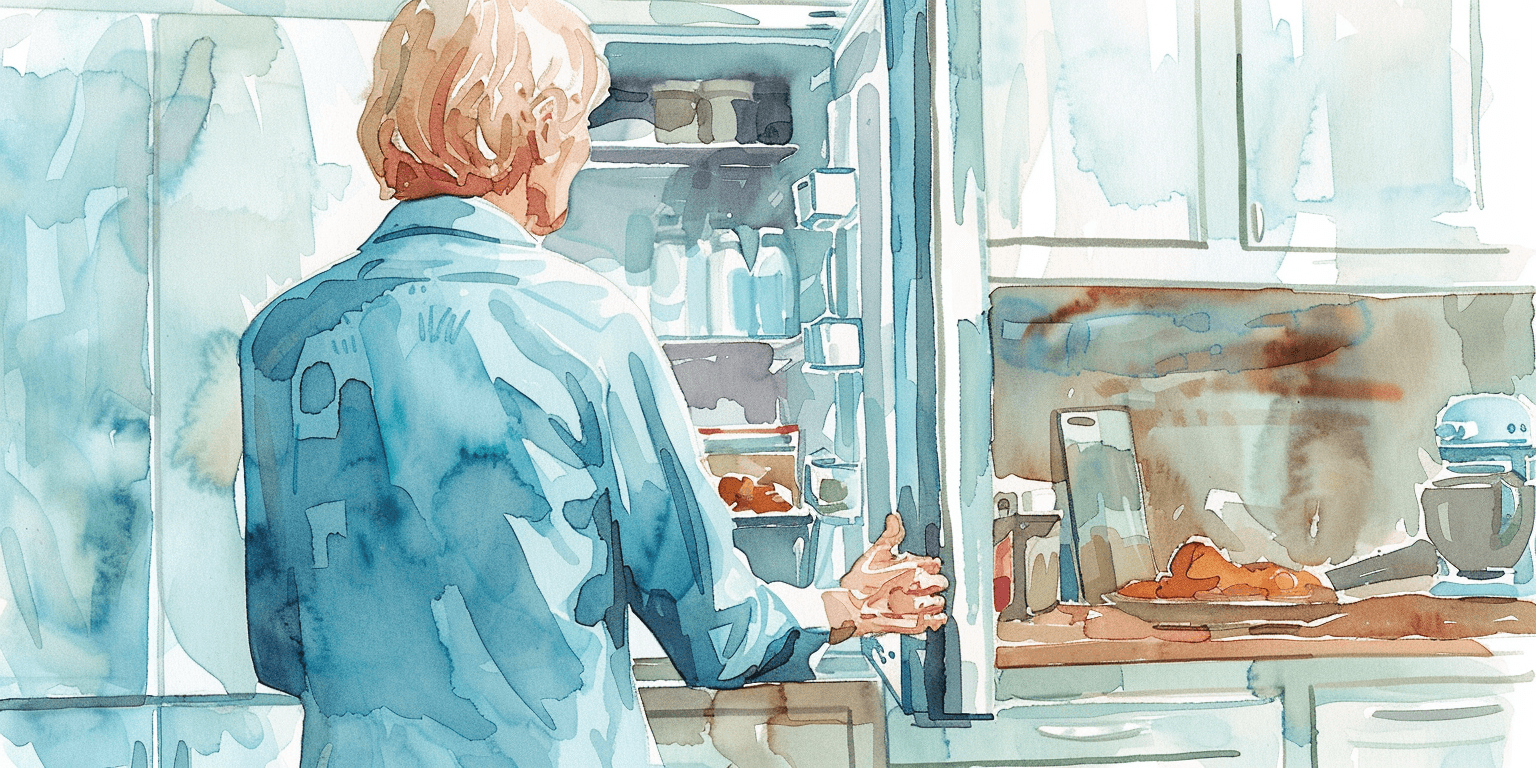

Digestive Health Tips for Seniors: Why It’s Often Overlooked



Clara Editorial Team
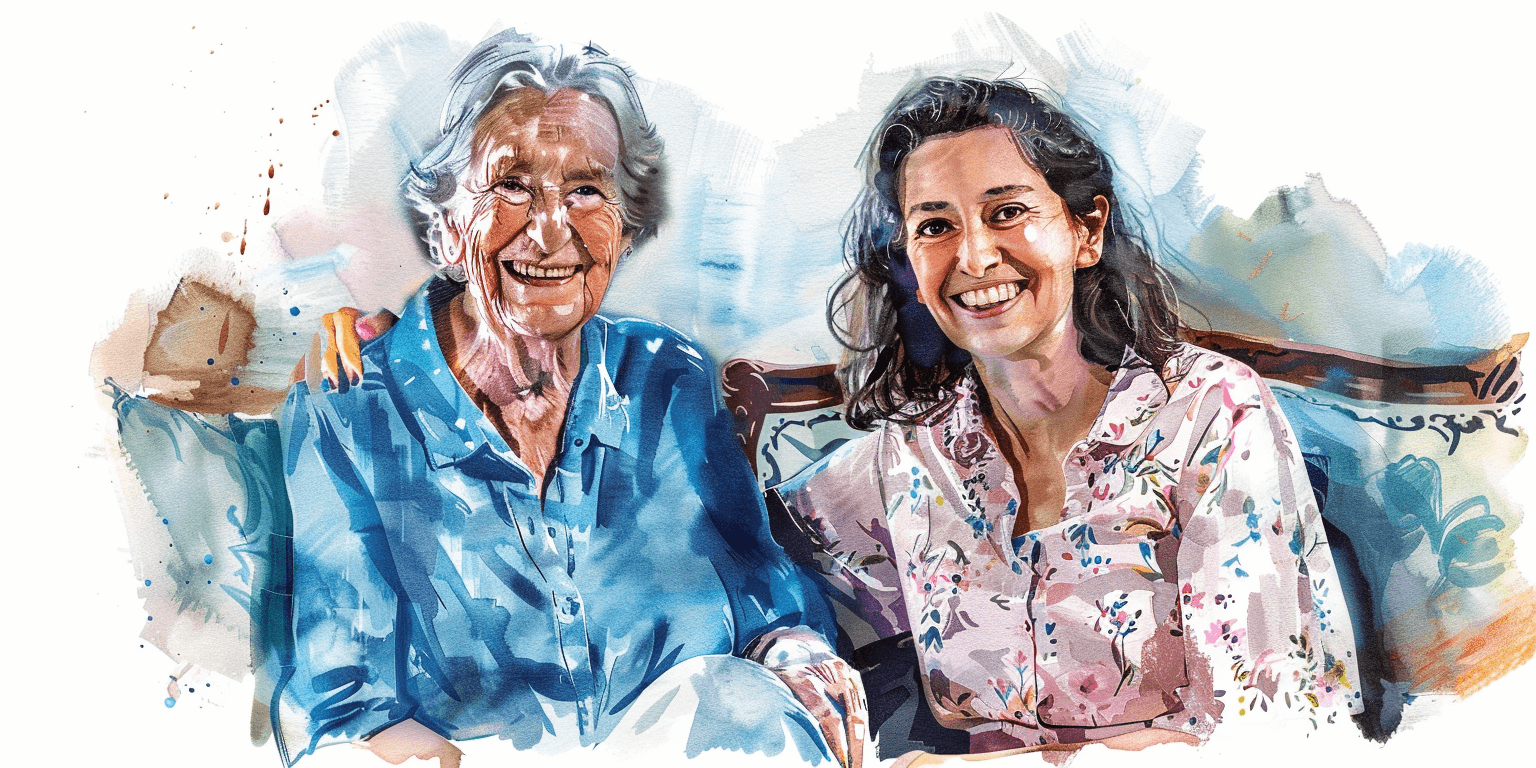

What Is A Care Manager?



Camille Christie
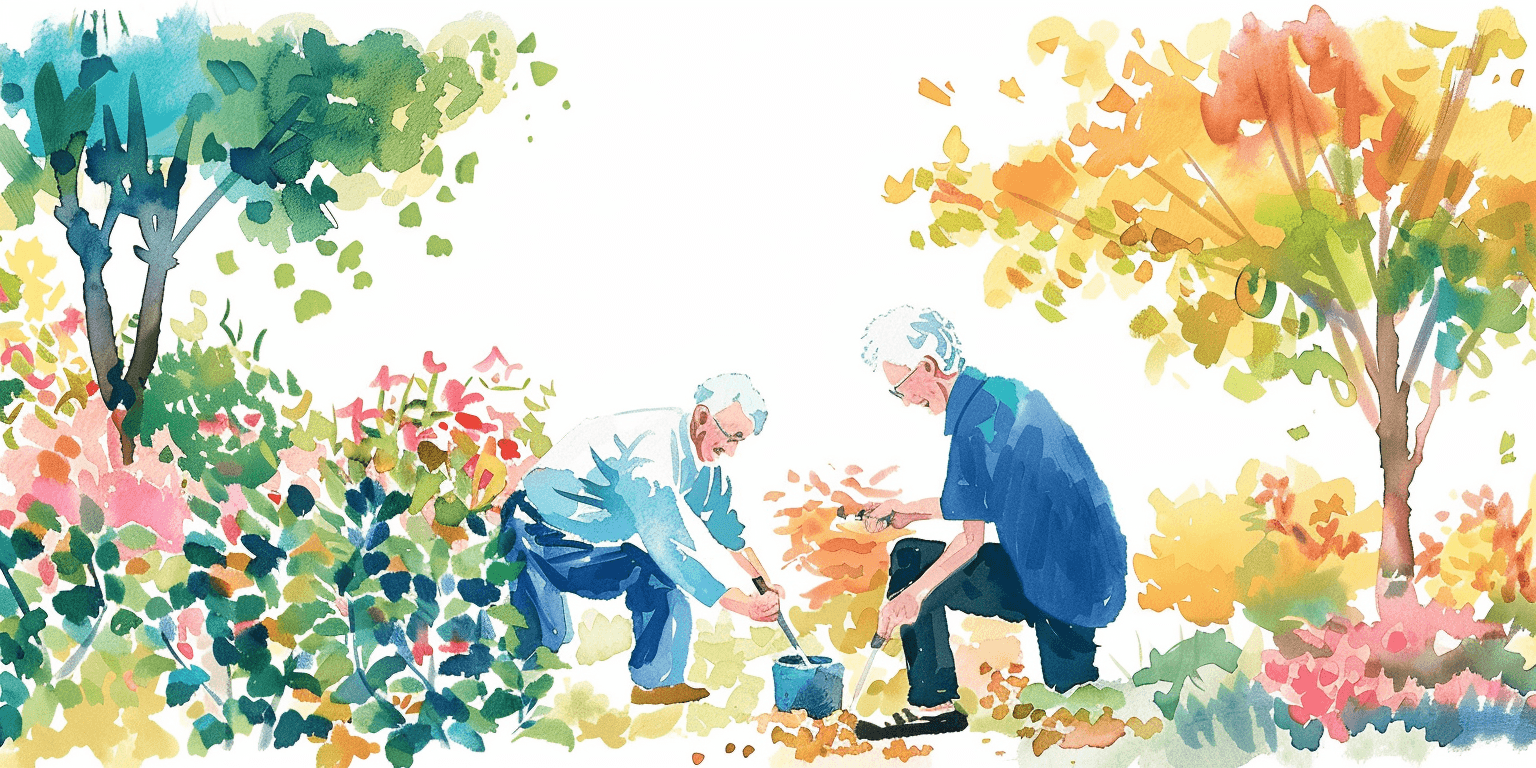

The Physical and Mental Health Benefits of Gardening for Seniors



Quynh Thi Pham, OTS
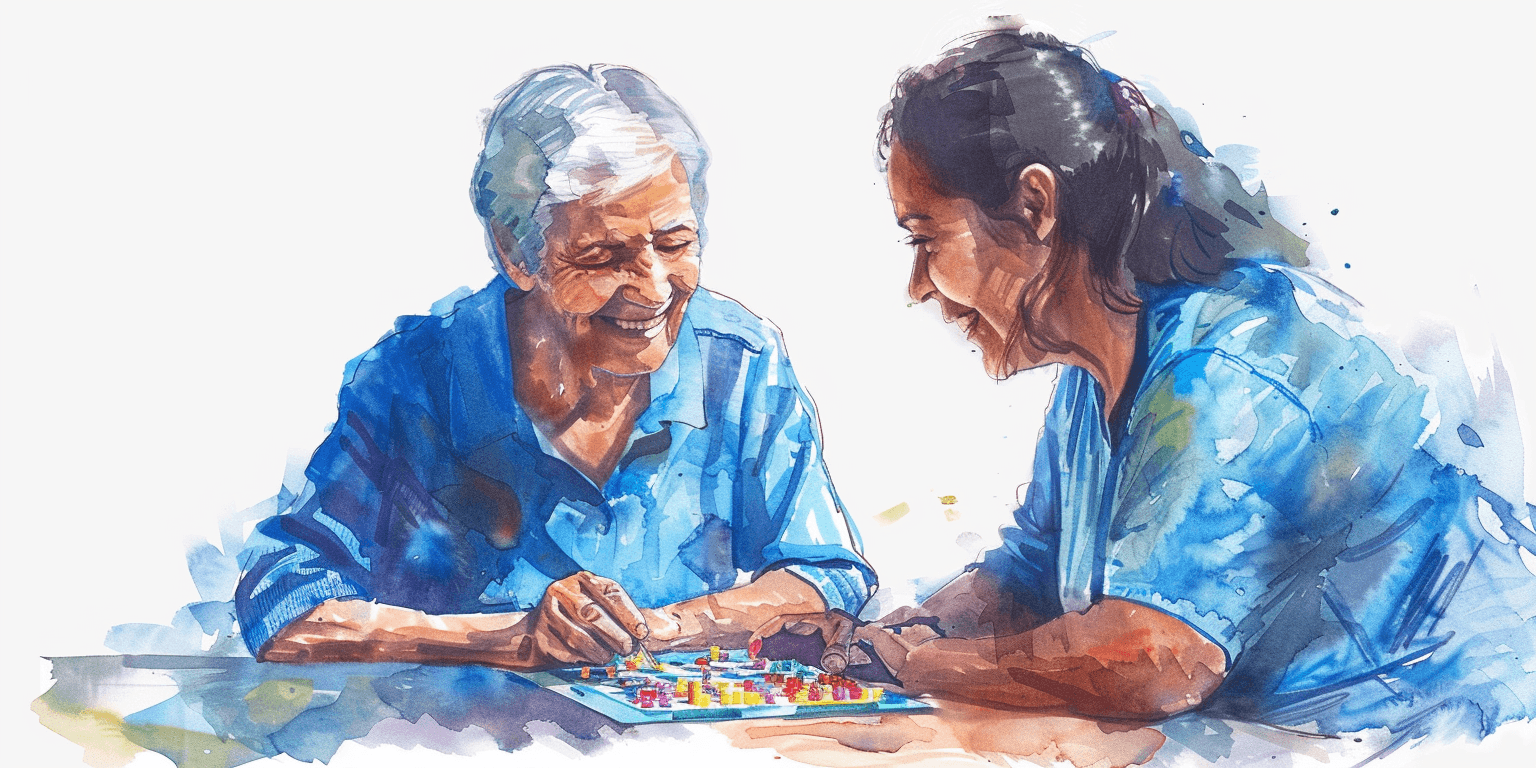

Stay Sharp, Stay Happy: Fun ways to keep our mind active as we age!



Neelam Dabholkar, MBA


Nutrition Tips for Seniors at Home



Jon Levinson
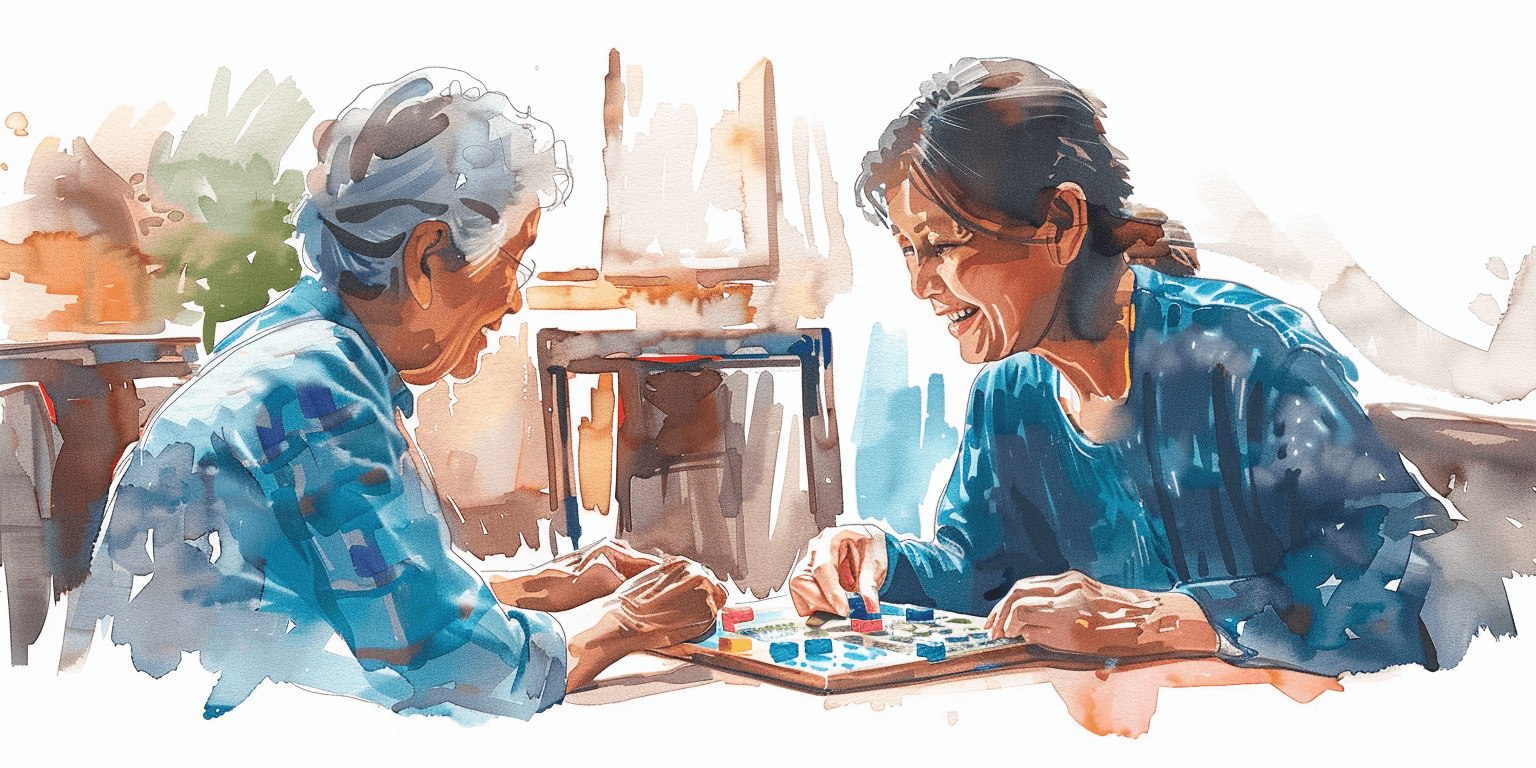

How In-Home Senior Care Supports Independence



Lowrie Hilladakis
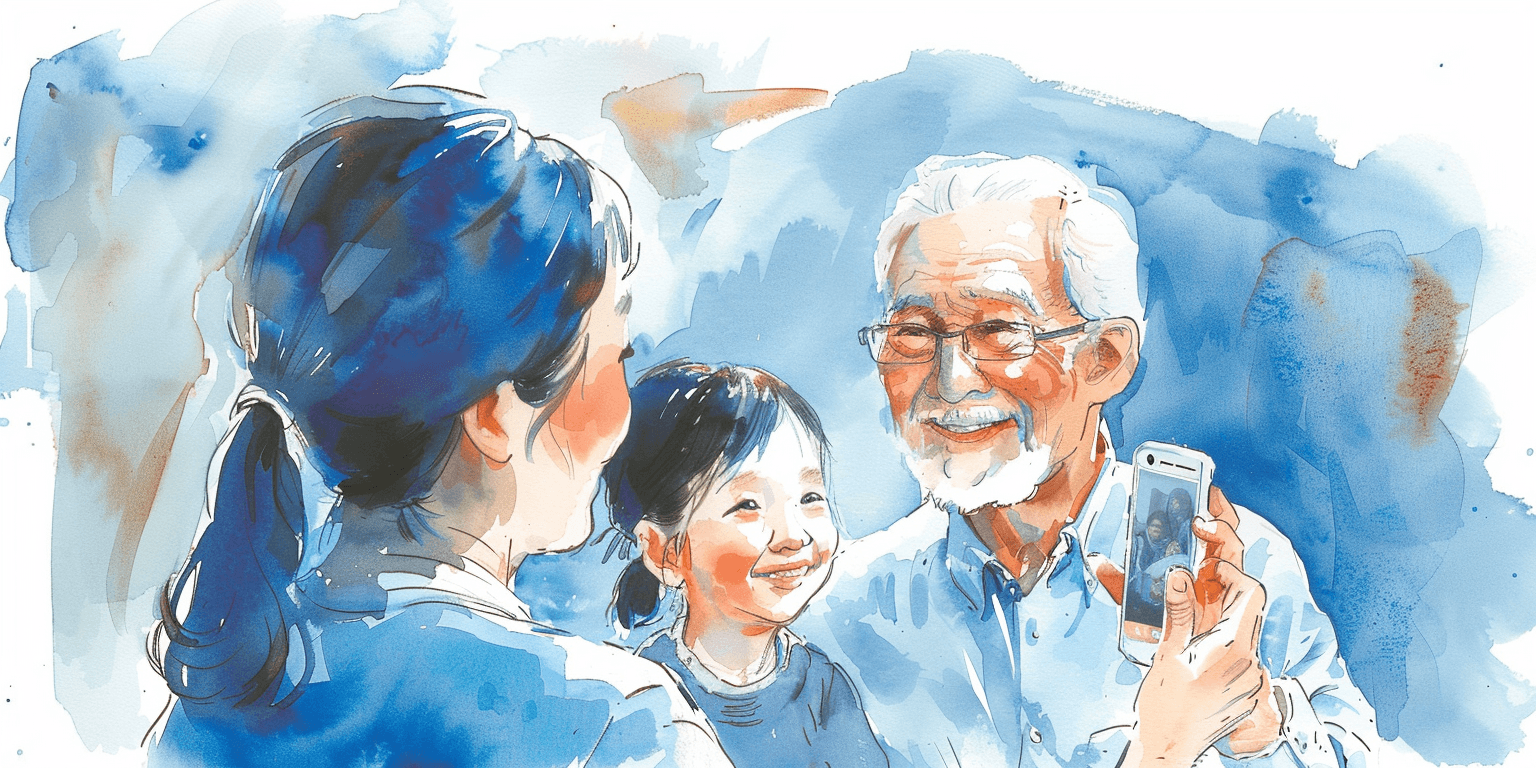

Building a Support Network: How Families Can Strengthen Connections for Seniors



Vanessa Bustos
GEt started for free
Better care starts with Clara.
Find, hire, and pay top-notch caregivers without the headache for a price that fits your budget.


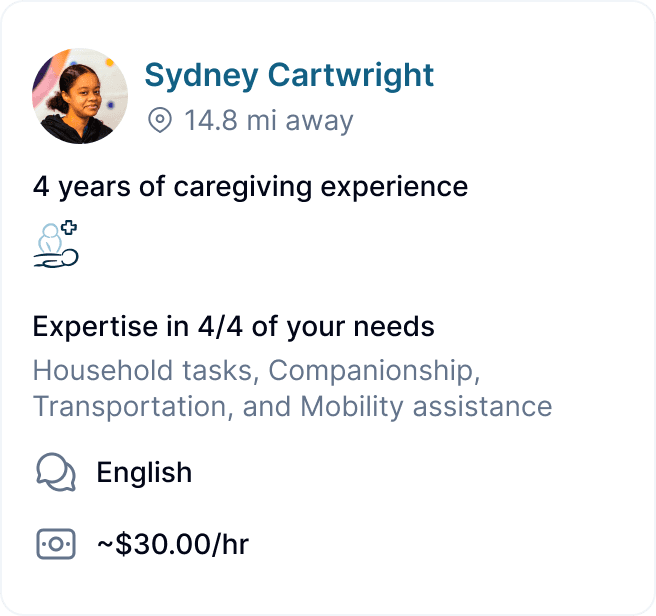
GEt started for free
Better care starts with Clara.
Find, hire, and pay top-notch caregivers without the headache for a price that fits your budget.



GEt started for free
Better care starts with Clara.
Find, hire, and pay top-notch caregivers without the headache for a price that fits your budget.

